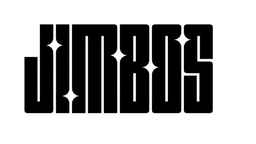Foam Pads vs Microfiber Pads – Which Should You Use with Picture Perfect Polish?
Both pad types can correct paint. But one gives you clarity, the other gives you power. Here’s when to use foam vs microfiber with Picture Perfect Polish.
What’s the Difference?
🟣 Microfiber Pads:
- More aggressive cut
- Better for neglected, oxidized, or heavily swirled paint
- May leave haze on soft paints if not followed up
- Needs more attention to wipe-off and pad cleaning
🟡 Foam Pads:
- Softer cut, more forgiving
- Finishes clearer and cleaner on black or soft paint
- Less correction, but better gloss and clarity
- Ideal for one-step polishing on well-maintained paint
Which Pad for Picture Perfect Polish?
Picture Perfect Polish is pad-dependent—meaning it adapts based on what you pair it with.
Use Microfiber Pads If:
- You’re correcting years of neglect or deep swirls
- You plan to follow with a second pass or ceramic protection
- You want to get maximum cut with a DA polisher
Use Foam Pads If:
- You’re doing a true one-step correction with no follow-up
- You’re working on soft or black paint that’s easy to haze
- You want speed and a flawless finish in one pass
Polish Like a Pro with the Right Tools
Want everything you need for a swirl-free finish?
- Picture Perfect Paint Bundle – complete with polish, towels, and applicators
- Amazon listing for Picture Perfect Polish
- Jimbo’s Amazon Storefront
Pro Tip:
Foam pads give a wider margin of error. If you’re new to polishing or working on black paint, start there. Save the microfiber pads for tougher jobs or more experienced hands.
Try Picture Perfect Polish – Built to Work With Your Favorite Pad




